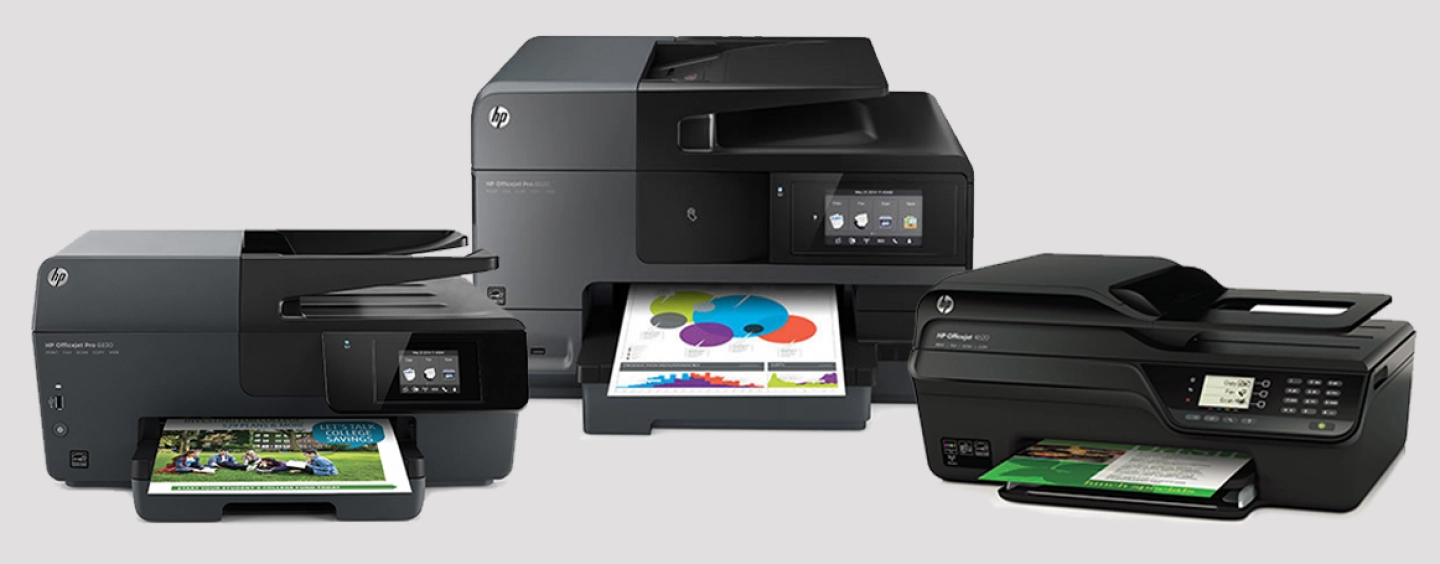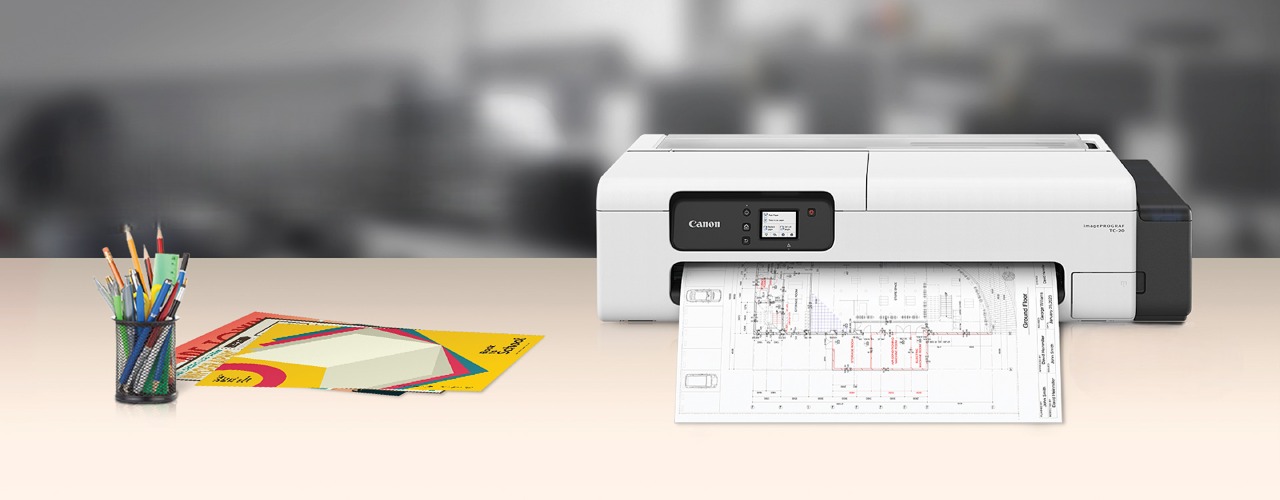HP OfficeJet 8015e Wireless Color All-in-One Printer
Tested & ReviewedGlobally Popular Products
We participate in the Amazon Services LLC Associates Program, an affiliate advertising scheme created to help websites monetize their content by placing links and advertisements on Amazon items.


There is a home printer out there that can print whatever you need. However, with so many alternatives available, selecting a printer isn't always simple. To assist, we've put together a fast and dirty buying guide for choosing a home printer that includes suggestions that should work for most customers as well as straightforward definitions of some of the most prevalent words.
The first thing each prospective printer buyer has to consider is the straightforward question of what and how much they want to produce. While laser printers utilize toner, a kind of ink dust that binds to paper for quick results and economical resource usage, inkjet printers use cartridges of ink that are applied wet to paper and quickly dry.

The majority of color inkjet printers are available for printing nearly anything, including glossy photographs, pie charts, essays, and more. Furthermore, the print speeds of modern inkjet and all-in-one printers frequently equal or exceed those of their laser equivalents.
When you need to print in monochrome most of the time in an office setting, laser printers are still a smart choice. Generally speaking, monochrome laser printers are less expensive per page than color inkjets, have acceptable print speeds, and can be bought at reasonable costs. However, you must choose whether to forfeit the versatility that a color inkjet printer provides. Another alternative is to use a color laser printer, however the cost per page produced will usually be more than with a color inkjet.
Excellent page yields are characteristic of laser printers; their durable toner cartridges may print from 3,000 to 20,000 pages before needing to be changed. On average, inkjet cartridges can last between 2,000 and 2,500 prints. If you don't print much or frequently, that isn't as significant; but, if you buy for an office or are a frequent printer, it might really matter.
A multifunction printer is a printer that can also scan and fax as well as print. They come in both inkjet and laser varieties and are usually called ???all-in-ones??? or multifunction printers (MFPs).
A multifunction device is a great idea for home usage, not just because it saves space and is less expensive than purchasing a printer and separate scanner. We strongly advise all-in-ones for home users because they are quite popular and seldom come with a significant price tag (you can buy some for as little as $50 to $60).
"Pages per minute" (PPM) is a measurement of how quickly a printer can print pages. That seems really basic, but PPM can get very complicated very fast. It is usual for many printers to supply two separate PPMs if they are color-focused, for example, because printers have considerably different PPMs for black and white vs color. For home printers, PPM isn't very crucial unless you have a lot of prints to do at once or are under time constraints for a print job. A typical PPM in black and white is between 15 and 20 pages. Color typically reads between 10 and 15 pages per minute..
PPM stands for "pages per minute," which indicates how quickly a printer can produce a page. That appears very straightforward, but PPM can easily get intricate. For instance, printers often report two separate PPMs if they are color-focused, as they have highly different PPMs for black and white versus color. PPM isn't really significant for home printers unless you have a lot of printing to do at once or are under time constraints for a print job. 15 to 20 pages make up the average black-and-white PPM. Color typically prints at a pace of 10 to 15 pages per minute.
Duty cycle: This is the amount of pages that one may reasonably expect a printer to print per month. To minimize wear and tear on your printer, you should plan to print many fewer pages each month than this amount. For a busy business with frequent printing requirements, this figure is crucial; however, for home usage, which is usually less intensive, it is less significant.
USB: Printers frequently include USB connections, with the USB-A standard being particularly popular. This enables you to print files straight from external hard drives and many other devices by connecting them to the printer and using the menu screen to print from them. If you prefer not to use your computer as a mediator, it can be helpful. While this procedure may be made even more seamless by cameras and other devices that accept the PictBridge standard, it is no longer as important as it was when it was first released in 2003. Remember that although this is changing, the majority of home printers do not now support USB-C connections.
Wi-Fi: Most home printers are made to be immediately connected to your Wi-Fi network. Usually, during setup, you will provide them your Wi-Fi details. Then, without the need for a wire, you may send printing tasks straight to the printer by downloading software to your computer, phone, or other device. For jobs around the house, it's among the most practical choices. Additionally, remote printing to an office is possible with Wi-Fi connections, which may be quite helpful in work-from-home scenarios.
Wi-Fi Direct: This type of connection is peer-to-peer and isn't actually connected to your wireless network. Rather, it creates a secure communication straight between the printer and a device. One sort of Wi-Fi Direct connectivity is Apple's AirPrint, and other systems enable comparable technology. It's fast, safe, and ideal for last-minute printing needs.
Ethernet: For connected internet connections, printers may also have Ethernet ports installed. Nonetheless, a wired Ethernet connection is rarely required for a home printer (though it might be more helpful in some workplace printer settings). Printer data requirements are often simple..
NFC: Some models also have NFC (Near-Field Communication), which enables you to connect your printer to a smartphone or tablet by just tapping the device to a designated spot on the printer.
SD cards: Some printers could also feature slots for SD cards. To print specific files, you can use the printer's menu to traverse between the SD card slots. Photographers who are able to transfer SD cards straight from their cameras to printers could find this extremely helpful.
Cloud printing: A lot of feature-rich printers, especially AIOs, now come with web-based functions that allow you to print from and access printable crafts and photographs from websites like Facebook, Flickr, Dropbox, and Google Drive. It should be noted that you cannot use mentioned services or print remotely from devices like a tablet or smartphone if your printer is not online.